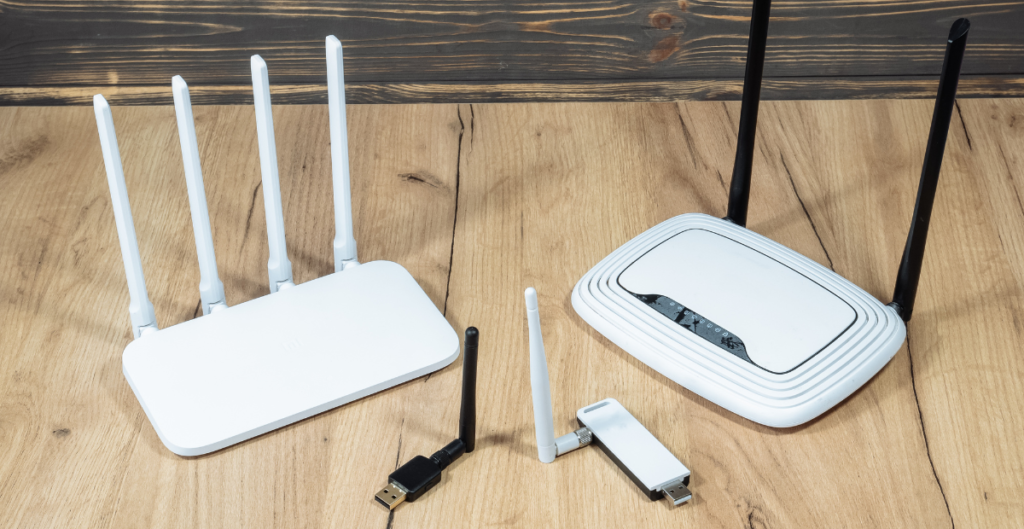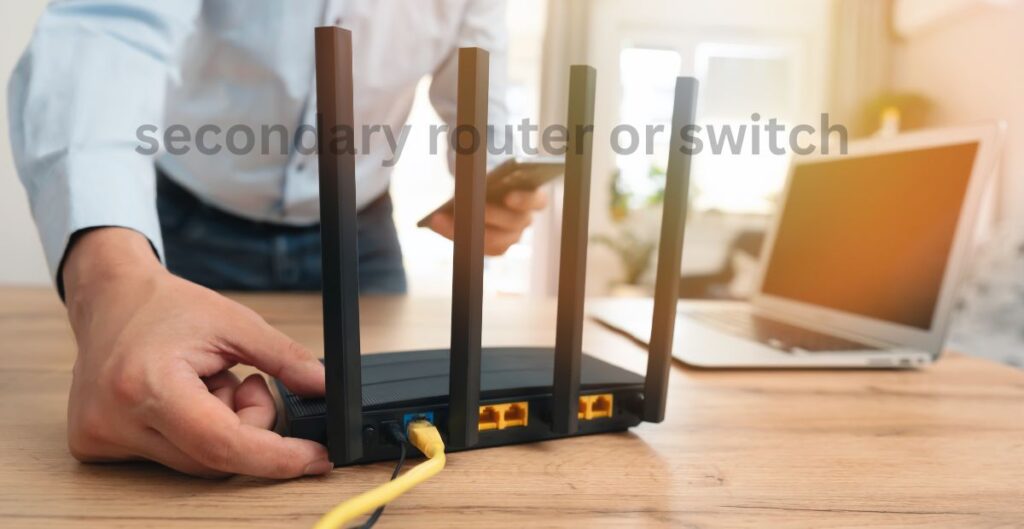Introduction
Have you ever noticed how your phone stays connected to the internet even when you’re moving? This is possible because of Xn protocols in 5G networks. These protocols allow different 5G base stations to talk to each other, ensuring smooth data transfer and uninterrupted connectivity.
In this guide, we will explain:
- What Xn protocols in 5G networks are
- How they compare with LTE (4G) protocols
- How companies like Huawei implement them
- Why are they important for the future of wireless communication?
Xn Protocols 5G Network List
In 5G New Radio (NR) architecture, different network elements communicate using various interfaces. Here are the most important ones:
- Xn Interface – Connects different 5G base stations (gNBs)
- NG Interface – Connects the 5G RAN (Radio Access Network) to the 5G Core
- E1 Interface – Connects the gNB Control Plane (CU-CP) to the User Plane (CU-UP)
- F1 Interface – Connects the gNB Central Unit (CU) to the Distributed Unit (DU)
- F2 Interface – Connects different layers within the 5G physical layer
Each interface plays a key role in delivering high-speed, low-latency, and stable 5G connectivity.
Xn Protocols 5G Network LTE: Key Differences
Before 5G, 4G LTE networks also used a protocol similar to Xn, called X2. However, the 5G Xn interface is much more advanced.
Differences Between Xn in LTE and 5G
- Faster Handover – 5G Xn provides near-instant handover, reducing delays when switching between base stations
- Lower Latency – 5G Xn supports ultra-low latency (less than 1 millisecond) compared to LTE’s 20–50 milliseconds
- Better Resource Management – The Xn protocol enables better coordination between 5G base stations for efficient use of bandwidth
- Seamless Multi-Vendor Support – Unlike LTE, 5G Xn allows base stations from different manufacturers to work together
These improvements make 5G networks much faster and more reliable than LTE (4G).
Xn Protocols 5G Network Huawei: How Huawei Uses Xn Protocols
Huawei is one of the biggest providers of 5G technology. It has developed advanced Xn protocol solutions to optimize network performance.
How Huawei Implements Xn in 5G
- Smart Handover: Uses AI to predict when a device needs to switch to a new base station, reducing dropped connections
- Energy Efficiency: Uses intelligent resource management to reduce power consumption
- Multi-Vendor Support: Works with Ericsson, Nokia, and Samsung 5G equipment
- Dual Connectivity: Supports both 4G and 5G simultaneously, making 5G adoption smoother
Huawei has already deployed Xn-based 5G solutions in many countries, helping to create more stable and efficient wireless networks.
Why Xn Protocols Are Important for 5G Networks
- Seamless Connectivity – Prevents sudden signal drops when moving between different 5G towers
- Ultra-Low Latency – Enables real-time applications like autonomous cars, remote surgery, and cloud gaming
- Efficient Data Transfer – Allows base stations to share resources, reducing network congestion
- Future-Proof Technology – Designed to support 6G and beyond
With these benefits, the Xn protocol is a crucial part of making 5G networks faster, more reliable, and future-ready.
Reference: 3GPP 5G Network Standards
Frequently Asked Questions
What is Xn in 5G?
Xn is a connection between 5G base stations. It helps them share data quickly and keeps your phone connected when you move.
Which protocol is used in a 5G network?
5G uses many protocols like XnAP, NGAP, and F1AP. They make sure all parts of the network talk to each other smoothly.
What is the 5G NAS protocol?
The NAS protocol controls things between your phone and the 5G core. It handles login, movement, and data sessions.
What is the 5G SA protocol?
5G SA means a full 5G network without using 4G. It gives you fast speed, low delay, and new features like network slicing.
Final Thoughts
The Xn protocol makes 5G networks fast and strong. It helps your phone switch towers without losing signal. It also cuts delays and improves data flow. With Xn, 5G gives you a better experience. As 5G grows, Xn will keep helping it get even better.
Want to know more? Check out 3GPP’s 5G updates!






